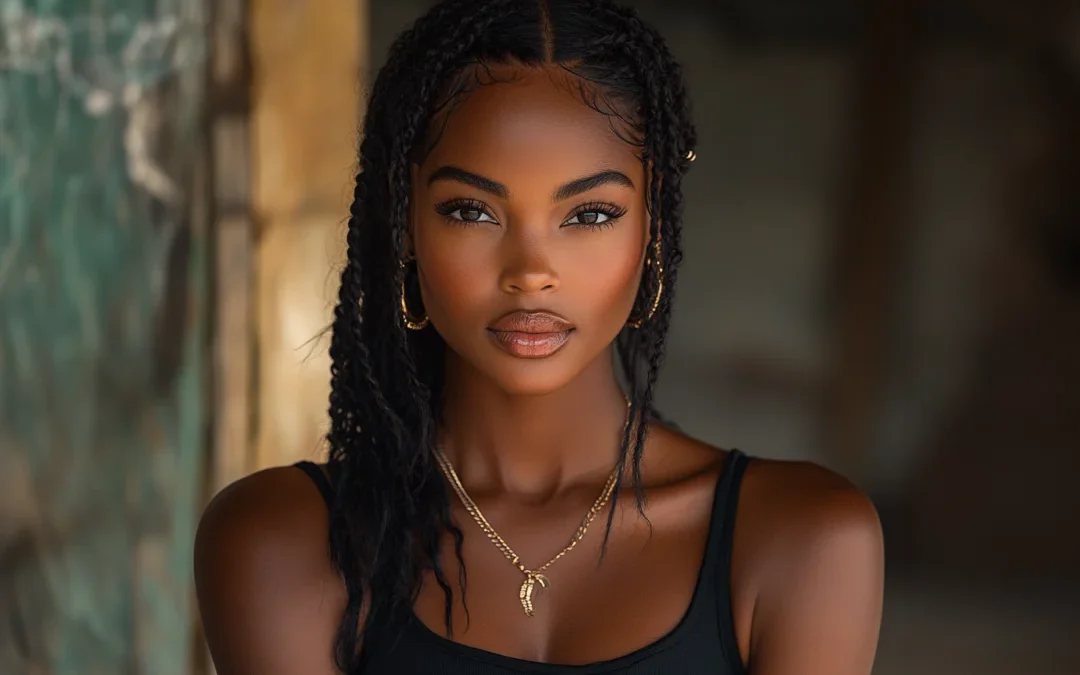The Endless Fascination with Portraits

Introduction
If you’ve ever found yourself lost in thought while gazing at a stranger’s face on social media or lingered longer than expected in front of a portrait at a gallery, you are not alone. Our obsession with portraits spans centuries and cultures. But what is it about capturing the human face that continues to captivate us across time and space? Portraiture, in its many forms, offers a window into both individual identity and collective experience. This article will explore the rich history, modern-day relevance, and psychological factors that drive our fascination with portraits.
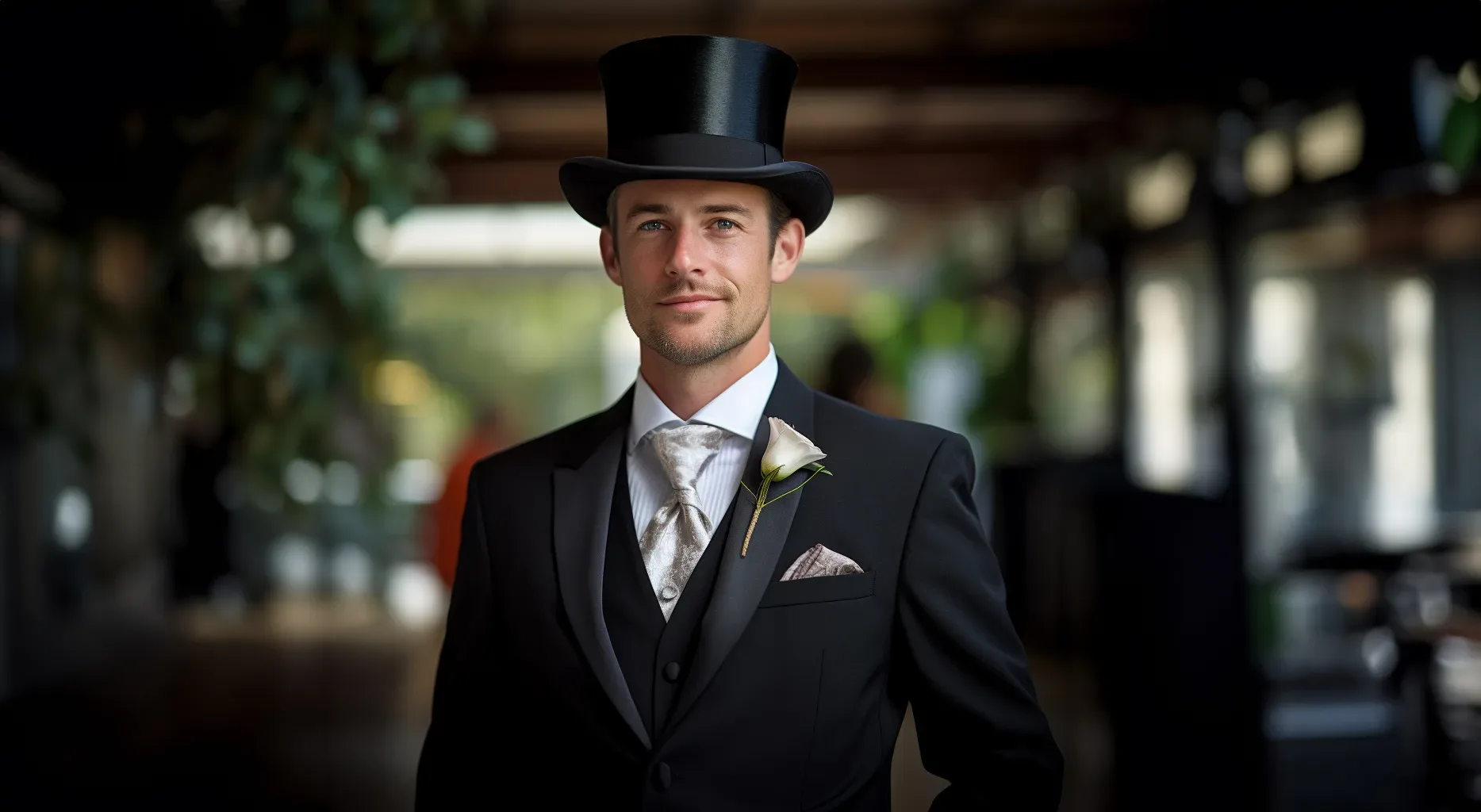
Section 1: A Mirror to Mortality
Portraiture has been intertwined with humanity’s existential questions for millennia. The ancient Egyptians, with their profound concern for the afterlife, were among the earliest societies to use portraits as conduits to eternity. Funerary portraits adorned the tombs of pharaohs and high-ranking individuals, capturing their likeness in stone and paint for a spiritual purpose. These images, often found on sarcophagi or in burial chambers, were not simply decorative—they were meant to ensure the deceased could be recognized and rejoined with their spiritual form in the afterlife. Portraits, therefore, served as an immortal link between the physical and the metaphysical.
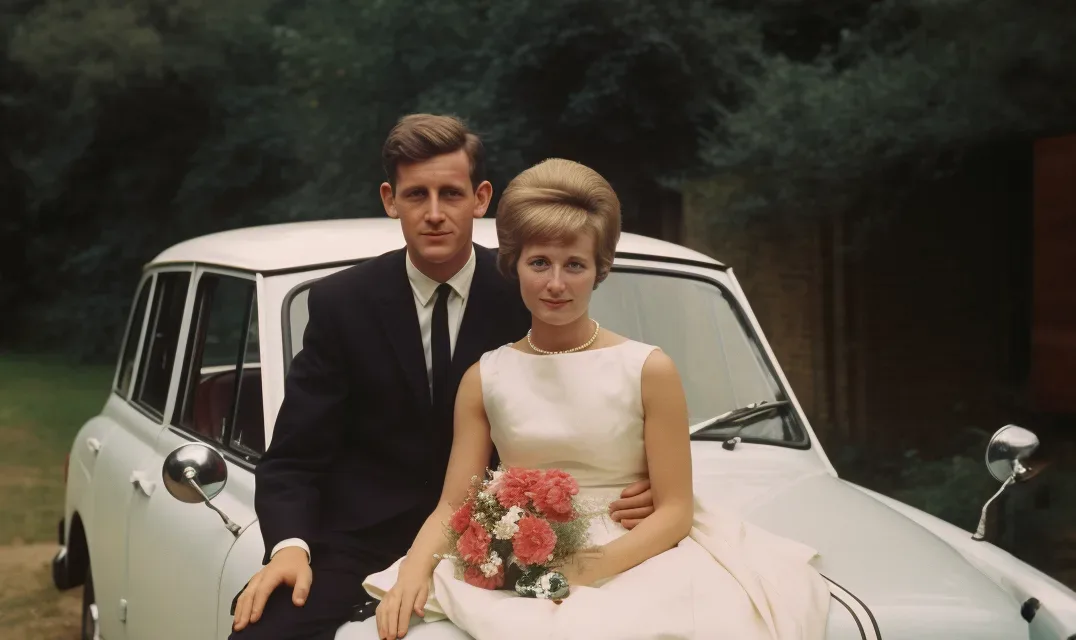
Take, for instance, the iconic funerary mask of King Tutankhamun. Crafted from gold, precious stones, and glass, this portrait is both a work of breathtaking artistry and a tool of spiritual continuity. The shimmering face of the young pharaoh gazes into eternity, reinforcing the idea that portraits were far more than static images—they were lifelines to the divine, intended to grant immortality. In this way, portraiture functioned as a profound assertion of human significance in the grand cosmic order.

Other ancient cultures, like the Romans, used portraiture in the form of sculpted busts as a method of preserving familial and political legacy. These marble likenesses, painstakingly carved, symbolized status and lineage, ensuring that one’s name and face would endure far beyond their mortal life. Portraits became markers of power, memory, and prestige, deeply embedded in the human desire for legacy.
Section 2: Faces Through the Ages
As we move forward in time to the Renaissance, the purpose and form of portraiture took on new dimensions. The Renaissance, fueled by humanist ideals, marked a transformative moment in the portrayal of individuals. Artists such as Leonardo da Vinci, Raphael, and Titian redefined what portraiture could achieve. No longer merely symbolic, portraits became psychological and narrative tools, reflecting the inner life and personality of the subject as much as their outward appearance.
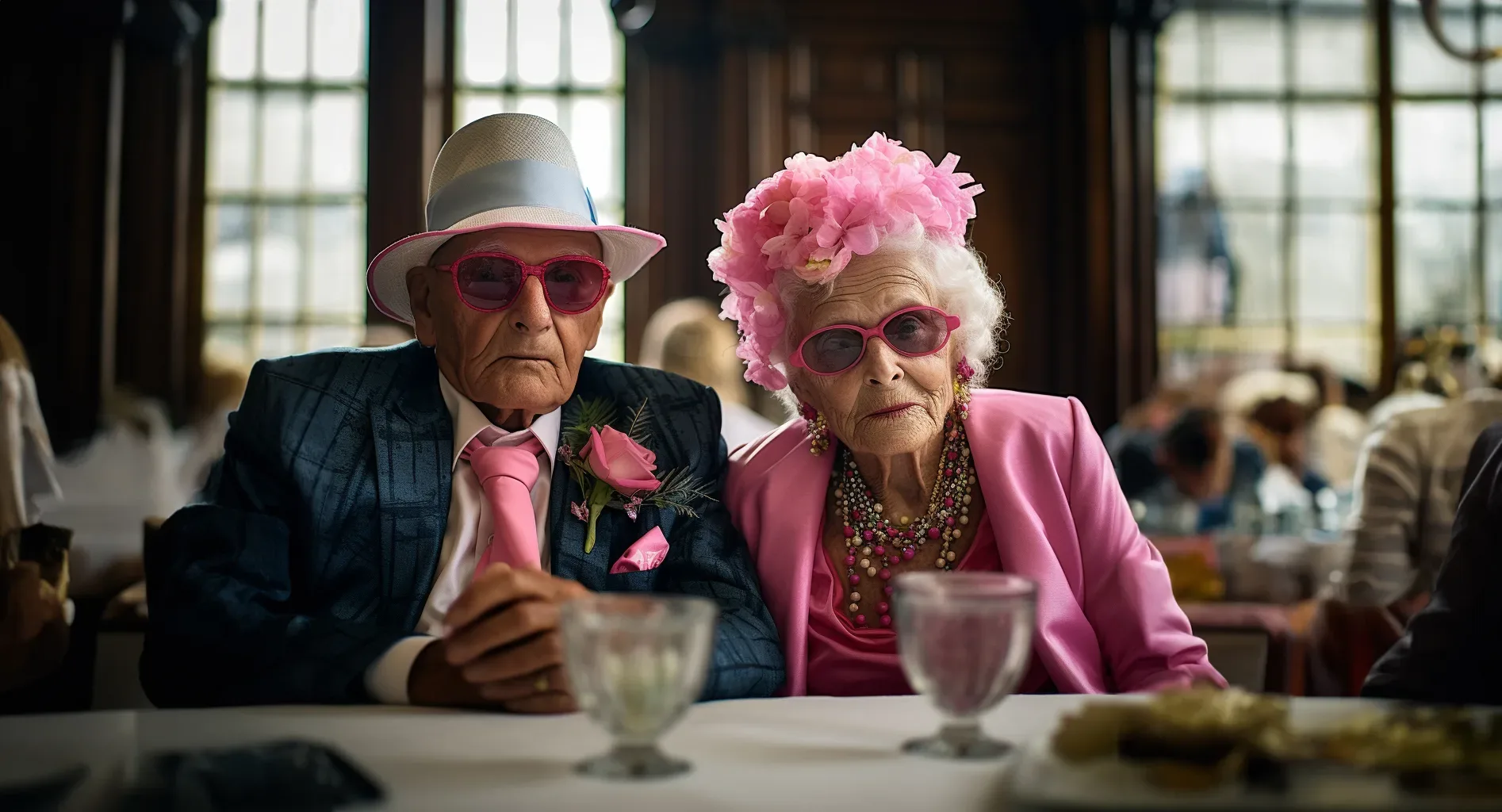
Leonardo da Vinci’s “Mona Lisa” exemplifies this shift. Her mysterious smile, immortalized on canvas, has generated endless speculation. What is she thinking? Why is she smiling? These questions are part of her allure, but they also mark a turning point in art history, where the portrait transcended mere likeness to embody the enigmatic depths of the human experience.
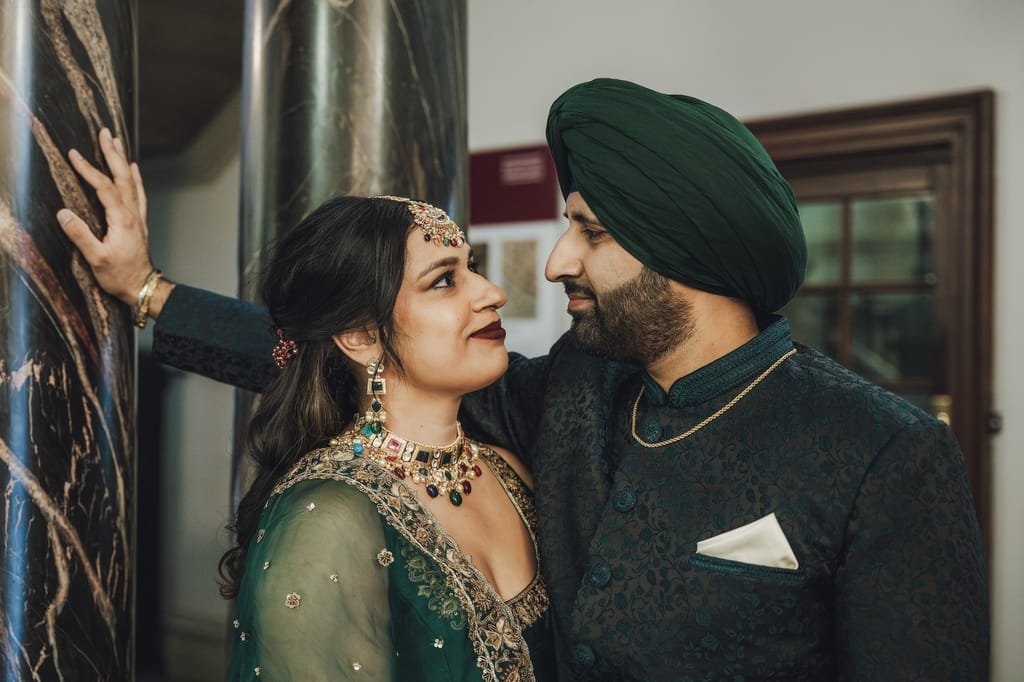
During this period, self-portraits also became a means of introspection and self-exploration. Artists like Rembrandt van Rijn painted themselves repeatedly, offering viewers a window into the artist’s evolving self-perception over time. Rembrandt’s self-portraits reveal the vulnerability, confidence, and aging process of the artist, capturing more than just his face—they provide an intimate autobiography rendered in oil. This ability to tell a story through a face, with all its imperfections and emotions, was a revolutionary development in portraiture.
Moreover, the democratization of portraiture began in earnest during this era. Previously, only royalty, religious figures, or wealthy patrons could afford to commission portraits. However, as the merchant class in Europe rose in status, they too sought to immortalize their achievements and family legacies in painted form. Portraiture was no longer the sole domain of the elite; it began to reflect a broader swath of society, although access to such representation still carried immense prestige.
Section 3: Portraits in the Modern World
The invention of photography in the 19th century revolutionized portraiture once again. What had once taken days or months of an artist’s labor could now be captured in a single instant. Early photographs, such as the daguerreotypes, were cherished as deeply as painted portraits, often displayed in elaborate cases or lockets to preserve the memory of loved ones. As photography evolved, it became an accessible and democratic medium, allowing individuals from all walks of life to document their existence.
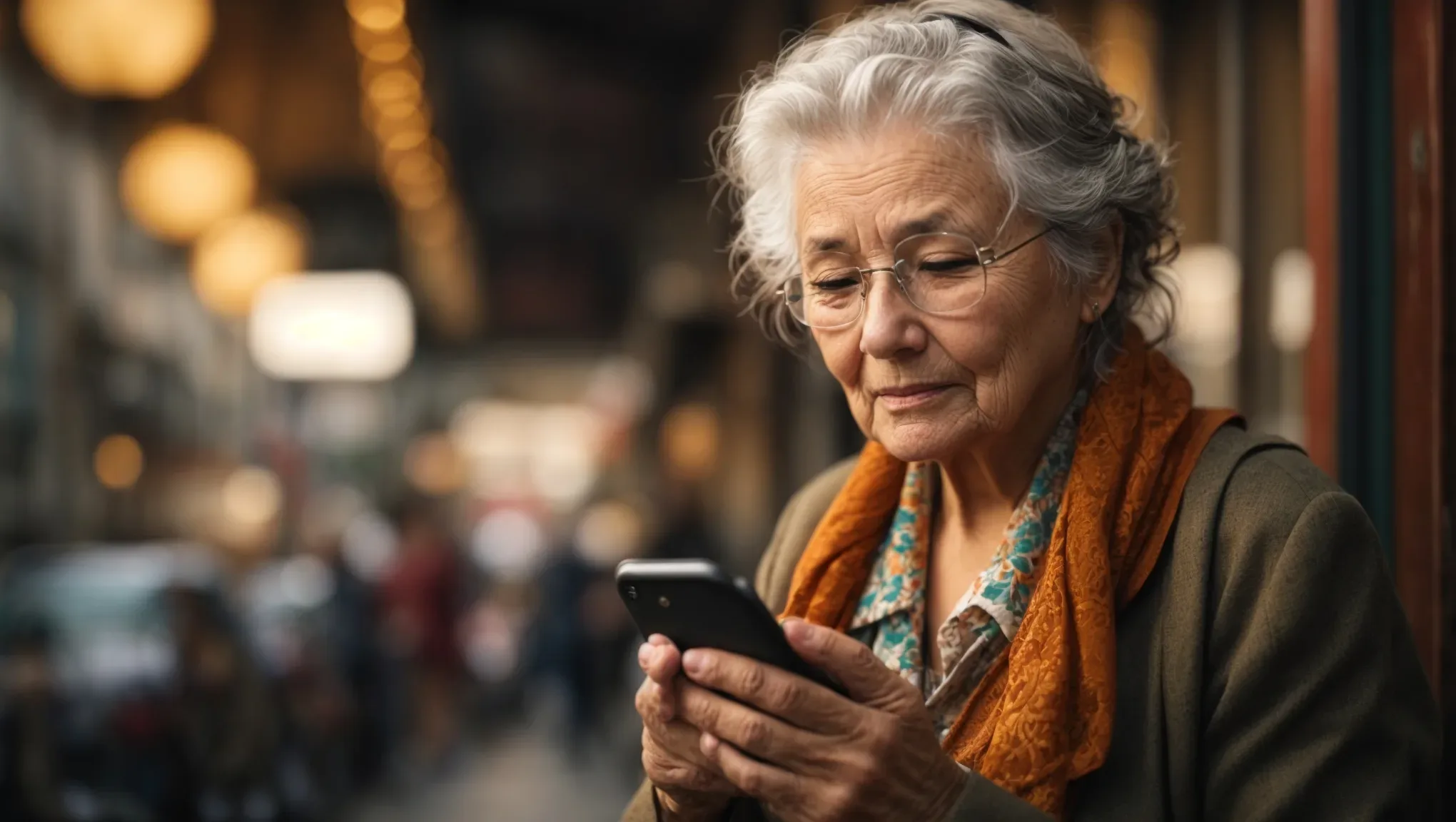
In contemporary times, portraiture has become even more ubiquitous. The advent of smartphones and social media has turned nearly everyone into a portrait artist of sorts. Selfies, social media profiles, and digital avatars have all emerged as new forms of portraiture, reflecting how we wish to present ourselves to the world. But even within this modern evolution, traditional portraiture remains a powerful and revered form of artistic expression.
Consider the works of modern photographers like Annie Leibovitz, whose striking celebrity portraits reveal the intricate dance between subject and artist. Her photographs not only capture the likeness of her subjects but also explore their public personas, vulnerabilities, and stories. Meanwhile, artists like Kehinde Wiley reinterpret classical portraiture by placing contemporary African American subjects in regal, historical settings, confronting the power dynamics inherent in traditional portraiture while celebrating black identity and resilience.
Section 4: The Psychology of Portrait Fascination
Our fascination with portraits runs deeper than aesthetics—it taps into fundamental aspects of human psychology. Humans are innately drawn to faces; from infancy, we are programmed to recognize, interpret, and respond to the human face. This biological imperative is rooted in survival: reading emotions, forming attachments, and recognizing individuals are all critical components of social cohesion.
Portraits provide a unique opportunity to engage in this instinctual face-scanning behavior in a way that extends beyond our immediate social circles. When we view a portrait, especially of a stranger, we are drawn into a moment of connection, imagining the life, personality, and inner world of the individual depicted. In this sense, portraits invite us into a form of empathy, allowing us to step into another’s shoes, if only for a fleeting moment.

In contemporary culture, portraits are also deeply tied to identity. Whether through painted or photographed portraits, we are constantly curating and projecting our image to the world. This visual self-representation plays a significant role in how we construct our personal narratives and how others perceive us.
Conclusion
From ancient tombs to Instagram, portraits have always held a special place in human culture. They serve as both mirrors to our mortality and windows into the soul. Whether we are drawn to their aesthetic beauty or the stories they tell, portraits remain a powerful medium of expression, allowing us to explore the complexities of identity, connection, and existence. So, the next time you find yourself staring at a portrait, take a moment to consider the centuries of tradition, innovation, and psychology that lie behind that captured face.
The evolution of selfies is a fascinating journey that intertwines technological advancements, cultural shifts, and the desire for self-expression. Selfies, or self-portraits captured by a camera, have become a ubiquitous form of communication and self-presentation in the digital age. However, their origins stretch back far before smartphones and social media, rooted in artistic traditions and the history of photography. Let’s explore how selfies evolved from early self-portraits to the dominant cultural phenomenon they are today.
Early Self-Portraits: The Beginnings of the Selfie
Before photography, artists often created self-portraits using paint or other mediums as a way to capture their own likeness. These early self-portraits can be seen as precursors to the modern selfie, as they were expressions of self-presentation and identity. Artists like Rembrandt and Vincent van Gogh were known for their frequent self-portraits, which revealed not just their physical appearance but also their emotional states and inner lives.

In the 1830s, with the invention of the daguerreotype—the first commercially viable photographic process—photographic self-portraits became possible. Robert Cornelius, an American photographer, is credited with taking the first photographic self-portrait in 1839. He set up his camera, removed the lens cap, and sat in front of it for several minutes before replacing the cap. This image is widely regarded as the first “selfie.”
The Evolution of the Self-Portrait in Photography
As photography became more accessible in the late 19th and early 20th centuries, the tradition of self-portraits grew. People began using cameras to document their lives and appearances, though the process was still cumbersome. The invention of the Kodak Brownie camera in 1900 made photography more affordable and user-friendly, allowing ordinary people to take their own photographs, including self-portraits.
In the early 20th century, self-portraiture began to shift toward more creative and experimental forms. Photographers like Vivian Maier, who worked as a nanny and took thousands of self-portraits, explored themes of identity, anonymity, and presence. Her self-portraits often feature her reflection in mirrors, windows, or other surfaces, creating a sense of distance and introspection.
The Role of Technology: From the Camera to the Phone
The selfie as we know it today began to emerge with advances in technology. In 2001, the first mobile phones with front-facing cameras appeared, enabling users to easily take pictures of themselves. However, it wasn’t until the advent of smartphones with high-quality cameras, particularly the iPhone 4 in 2010, that selfies became a mainstream phenomenon.
The introduction of social media platforms, such as MySpace and later Facebook, Instagram, and Snapchat, further fueled the selfie craze. These platforms allowed users to share images of themselves with friends, followers, and a global audience, turning selfies into a form of digital self-expression and social interaction.
The Rise of the “Selfie” in Pop Culture
By the early 2010s, selfies had become a cultural sensation. The term “selfie” itself, which was first used in 2002 in an Australian internet forum, gained widespread recognition by 2013 when it was named the Oxford English Dictionary’s “Word of the Year.” Celebrities, politicians, and everyday people alike were taking selfies, often posting them on social media to showcase moments of their lives.
One of the most famous selfies in popular culture came during the 2014 Academy Awards, when host Ellen DeGeneres took a selfie with a group of A-list actors, including Bradley Cooper, Jennifer Lawrence, and Brad Pitt. The image quickly went viral, symbolizing the selfie’s power in both digital culture and real-world events.
The popularity of selfies has also been aided by technological innovations such as selfie sticks, front-facing flash, and filters. Apps like Instagram and Snapchat introduced filters that allow users to alter their appearance, adding playful or artistic elements to selfies. These tools have made selfies more interactive and customizable, encouraging further creativity.
The Cultural Impact of Selfies
Selfies have evolved beyond simple self-portraits into a multifaceted form of communication. They allow people to express their identity, emotions, and experiences, while also serving as a way to connect with others. Selfies can be casual or curated, spontaneous or highly staged, depending on the message or persona the individual wants to convey.
The rise of selfies has also sparked debates about narcissism, self-esteem, and the impact of social media on body image and mental health. Critics argue that the focus on appearance and validation through likes and comments can lead to unhealthy self-perception. On the other hand, many view selfies as empowering, giving individuals—especially marginalized groups—a way to control their own image and representation.
In recent years, selfies have also been used for activism and social commentary. The “No Makeup Selfie” campaign, for example, raised awareness for cancer research, while the “Selfie for Syria” campaign helped draw attention to the humanitarian crisis in Syria. These examples show that selfies can be used for purposes beyond personal vanity, serving as a tool for raising awareness and driving social change.
The Future of Selfies
As technology continues to advance, the future of selfies is likely to evolve even further. Augmented reality (AR) and virtual reality (VR) are already being incorporated into selfie culture through apps that allow users to alter their environments or faces in increasingly immersive ways. As AI and deepfake technology progress, it’s possible that future selfies will blur the line between reality and virtual identity even more.
Despite criticisms, selfies have become an integral part of modern culture. Whether used for personal expression, artistic experimentation, or social activism, the selfie’s evolution from painted self-portraits to digital snapshots reflects the ongoing human desire to capture and present our own image.
In the end, selfies—like all forms of portraiture—offer a way to explore identity, document moments, and connect with others. Their evolution is a testament to the adaptability of human expression, shaped by changing technology and culture, but always rooted in the timeless desire to see and be seen.

